|
The OP
Published on 2020-8-27 21:03
Only look at the author
This post is from RF/Wirelessly
Latest reply | ||
|
|
||
|
2
Published on 2020-8-27 22:05
Only look at the author
| |
|
Personal signature
射频【放大器】 |
|
|
|
|
3
Published on 2020-8-28 09:21
Only look at the author
| |
|
|
|
|
|
- 【Posts】Attenuator Specifications
- 【Posts】Rohde & Schwarz 70GHz, 75dB Electromechanical Step Attenuator Teardown and Failure Analysis
- 【Posts】[Popular Science] What is an attenuator? How to use an attenuator?
- 【Posts】Share some attenuator technology in communication systems
- 【Posts】Signal Attenuator Principle and Design
- 【Posts】Attenuator Specifications
- 【Posts】Rohde & Schwarz 70GHz, 75dB Electromechanical Step Attenuator Teardown and Failure Analysis
- 【Posts】Where can I buy a multi-channel RF front-end development board with integrated digital attenuator and phase shifter?
- 【Download】The magic of DAC0832--signal attenuator source code
- 【Download】Active Output Ripple Attenuator (QPO Series)
- 【Download】π-shaped T-type attenuator design principle
- 【Download】Design of Purely Resistive T-Type-π Attenuator
- 【Download】NI CompactRIO Specifications
- 【Download】Main technical indicators and model comparison table of Sendust magnetic powder core
- 【Download】Switching power supply overall technical indicators and performance.doc
- 【Download】Charger and adapter technical specifications (internal data
- 【Design】Programmable attenuator
- 【Design】Digital RF Attenuator
- 【Design】Create an audio preamplifier with an attenuator using the DS1802 push-button digital potentiometer
- 【Design】Programmable attenuator
- 【Design】Digital RF Attenuator
- 【Design】Create an audio preamplifier with an attenuator using the DS1802 push-button digital potentiometer
- 【Circuits】voltage controlled attenuator
- 【Circuits】Programmable attenuator
- 【Circuits】fifth order attenuator
- 【Circuits】Attenuator circuit diagram
- 【Circuits】PIN diode attenuator
- 【Circuits】step attenuator
- 【Articles】Implementation of digital adjustable optical attenuator based on SFP package
- 【Articles】Using the MAXQ3210 in an Audio Attenuator Circuit
- 【Articles】Hongke HK-DAT90L digital programmable attenuator helps cellular equipment testing
- 【Articles】RF Decryption - What is an RF Attenuator?
- 【Articles】Renesas Electronics Launches Network Synchronizer and Jitter Attenuator for Optical Transmission and Wired Networks
- 【Articles】Attenuators for oscilloscope probes
-
Share some attenuator technology in communication systems
Incommunicationsystems,suchastransmittertesting,thepowerlevelofthetransmissionmayrangefromafewwattstohundredsofwattsoreventhousandsofwattsThefunctionoftheattenuatoristoreducetheamplitudeofthesignal,andsomeattenuatorscanalsotransformtheimped ...
-
Where can I buy a multi-channel RF front-end development board with integrated digital attenuator and phase shifter?
RFsignalfrequency5.8G
-
Help! My newly bought power bank is broken!
Help,help!Thenewlyboughtpowerbankhas5V2AinputandmultipleoutputportsAfteralongtime,hefoundthatthepowerremainedat68%BecauseitwasmyfirsttimeusingitOrdidmyhusbandbreakit
- I have a question about the network port circuit?
- [X-NUCLEO-53L4A3 TOF evaluation board] 4. Simple accuracy test comparison of different targets
- Let's talk about some issues of microcontroller IO expansion
- [Review of SGP40] Rapid deployment of an AI-powered ambient air quality tracking model #2 Power-on test with Arduino
- Top 10 virus prevention and treatment methods in the first half of 2006
- [RVB2601 Creative Application Development] Handheld Game Console
- After upgrading and maintenance, we are working hard for three years
EEWorld Datasheet Technical Support
-
"Cross-chip" quantum entanglement helps build more powerful quantum computing capabilities
IBM scientists have achieved "cross-chip" quantum entanglement - successfully entangled two "Eagl
-
Ultrasound patch can continuously and noninvasively monitor blood pressure
A research team at the University of California, San Diego, has developed an innovative wearable
-
Europe's three largest chip giants re-examine their supply chains
At the Electronica 2024 CEO Roundtable held just last week, the CEOs of three chip giants, Infine
- It is reported that Kioxia will be approved for listing as early as tomorrow, and its market value is expected to reach 750 billion yen
- The US government finalizes a $1.5 billion CHIPS Act subsidy to GlobalFoundries to support the latter's expansion of production capacity in the US
- SK Hynix announces mass production of the world's highest 321-layer 1Tb TLC 4D NAND flash memory, plans to ship it in the first half of 2025
- UWB is a new way to use it in cars. Can wireless BMS also use it?
- Filling the domestic gap! China Mobile, Huawei and others jointly released the first GSE DPU chip
- Samsung Electronics NRD-K Semiconductor R&D Complex to import ASML High NA EUV lithography equipment
- Apple reveals the secret of its own chip success: competitors can't use the latest cutting-edge technology
- Problems with STM32 and passive buzzer playing sound
- Embedded Tutorial_DSP Technology_DSP Experiment Box Operation Tutorial: 2-28 Building a Lightweight WEB Server Experiment
- OPA847IDBVR op amp domestic replacement
- AG32VF407 Test UART
- [Digi-Key Follow Me Issue 2] Chapter 1: Sharing on receiving the goods
- What model is this infrared receiver? Which model can be used instead? Thank you
- Selling brand new unopened ZYNQ 7Z020 FPGA core board
- The LORA module used in the lithium battery-powered water meter setting can save energy when 100 water meters are installed in one corridor.
- I would like to ask, when a port is set to RX0, is it necessary to set the input and output direction of this port?
- Why is this year so difficult? It’s even more difficult than during the pandemic. I’m 30 and facing unemployment. I’m so confused.
- Ask about the voltage regulator test question
- [Xiaohua HC32F448 Review] About Xiaohua Semiconductor's UART interrupt sending and PRINTF construction and redirection
- 【BIGTREETECH PI development board】 HDMI output test
- 【BIGTREETECH PI development board】+08. Audio test (zmj)
- [Xiaohua HC32F448 Review] +RTC electronic clock




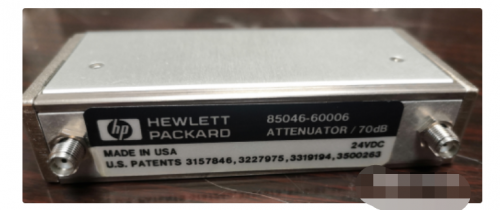
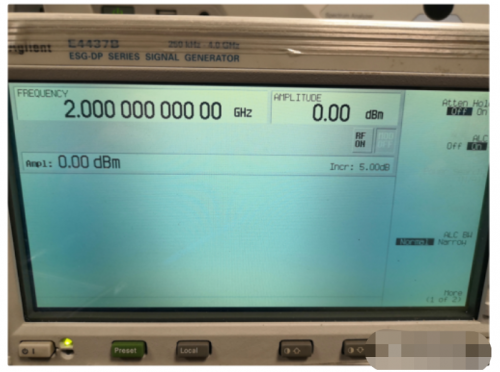
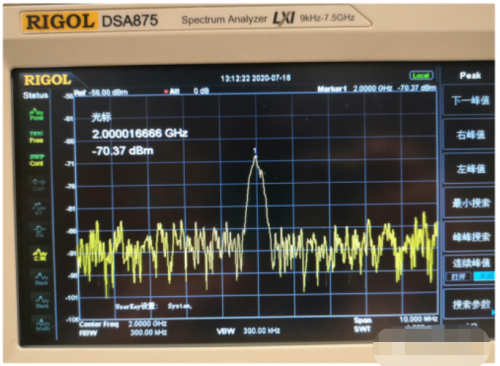
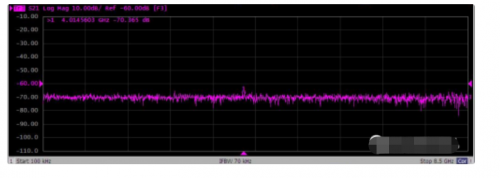
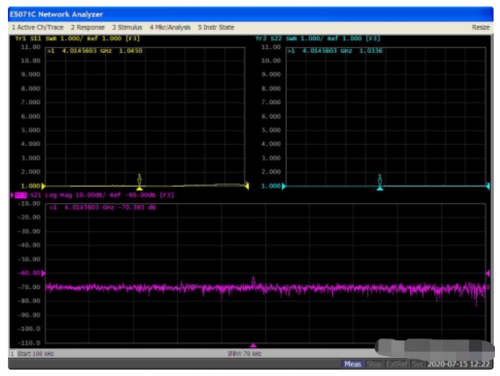
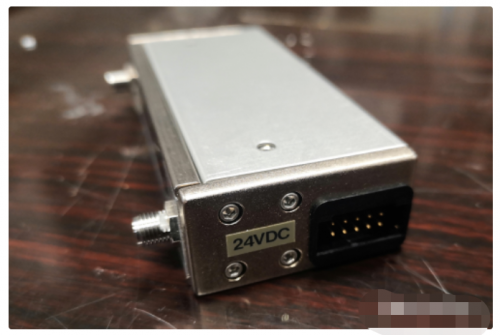
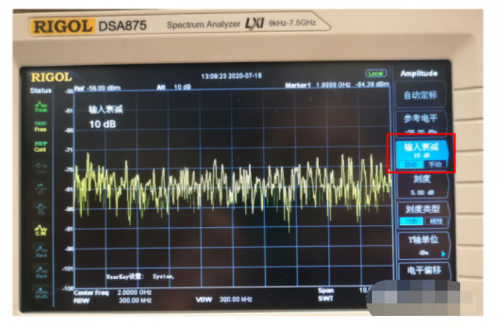
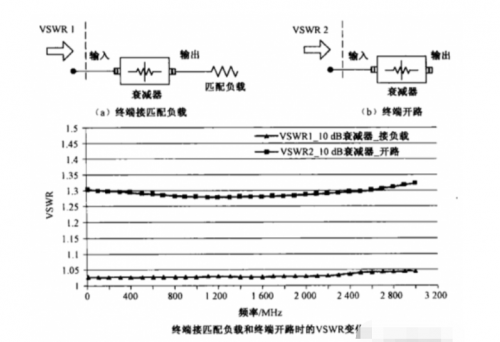
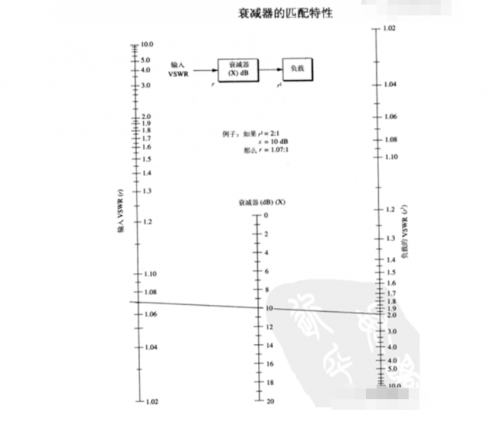
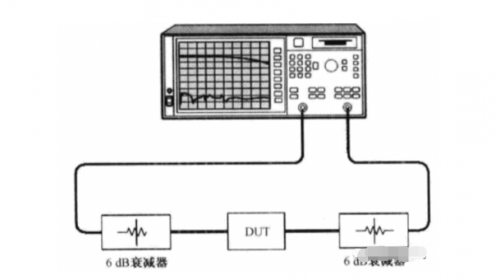
 提升卡
提升卡 变色卡
变色卡 千斤顶
千斤顶
